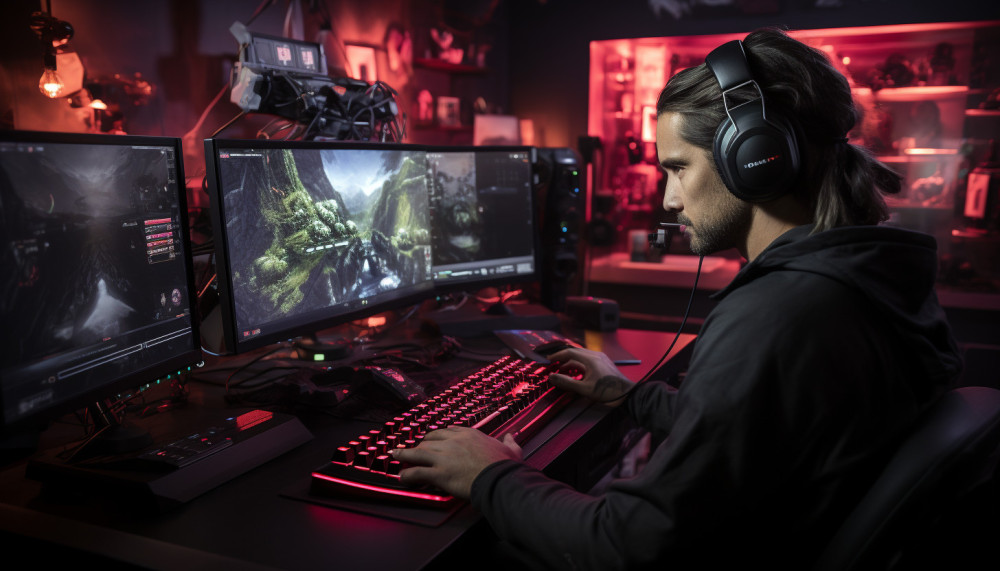The fashion industry, renowned for its drive to innovate and adapt, is undergoing a significant transformation driven by Augmented Reality (AR). As a technology that blends physical and digital elements, AR has become a game-changer in fashion, enhancing various aspects of the industry. This article explores how AR is revolutionizing fashion, from online shopping experiences to the design and marketing of clothing, and the future possibilities it holds.
The New Shopping Experience
AR is redefining online shopping by integrating physical experiences into digital platforms. Virtual Fitting Rooms (VFRs) are at the forefront of this change, allowing shoppers to try on clothes virtually, ensuring a better fit and boosting confidence before making a purchase. This technology enhances the online shopping experience by making it more interactive and reassuring for customers.
Interactive Catalogs are another innovative use of AR in fashion. These catalogs enable shoppers to view products in 3D, rotate them, and see them under various lighting conditions. This immersive experience provides a comprehensive view of the items, making online shopping more engaging and efficient. With AR, the future of fashion retail looks promising, offering enhanced customer experiences and increased confidence in online purchases.
Designing and Manufacturing Process
AR is revolutionizing fashion design by streamlining the prototyping process. Designers can now create real-time 3D prototypes, significantly reducing the time and cost associated with traditional design methods. This technology allows for instant visualization and modification of designs, eliminating the need for multiple physical samples and enabling quicker iterations.
By using AR, designers can work more efficiently and cost-effectively, making the product development cycle more sustainable. This approach not only saves resources but also ensures a more accurate representation of the final product before it is physically produced, paving the way for a more economical and flexible design process.
Marketing Strategy Revolutionized
In the dynamic fashion industry, AR is transforming marketing strategies through immersive campaigns. These campaigns offer engaging virtual experiences where consumers can interact with products in a hands-on manner. This approach not only makes marketing more compelling but also strengthens brand loyalty.
AR-based marketing allows potential customers to virtually try on clothing or accessories, creating a personal connection with the brand. This interactive experience can turn casual browsers into loyal customers and drive sales growth. By enabling customers to visualize products in a realistic context, AR enhances decision-making and increases the likelihood of purchase.
Fashion Shows Reimagined
AR is also revolutionizing fashion shows by enabling Virtual Fashion Shows. These events offer an immersive experience that allows attendees to enjoy runway shows from anywhere in the world, expanding global reach and reducing the need for travel. This shift democratizes access to high-profile fashion events and contributes to reducing the carbon footprint associated with traditional fashion shows.
The transition to AR-powered fashion shows represents a move towards a more inclusive and environmentally-conscious fashion industry. By leveraging technology to create virtual events, the fashion world embraces both innovation and sustainability, shaping a more accessible and eco-friendly future.
Conclusion
Augmented Reality is transforming the fashion industry in profound ways, enhancing shopping experiences, streamlining design and manufacturing processes, revolutionizing marketing strategies, and reimagining fashion shows. As AR continues to evolve, its impact on fashion will likely grow, offering new opportunities for creativity, engagement, and sustainability in the industry.









